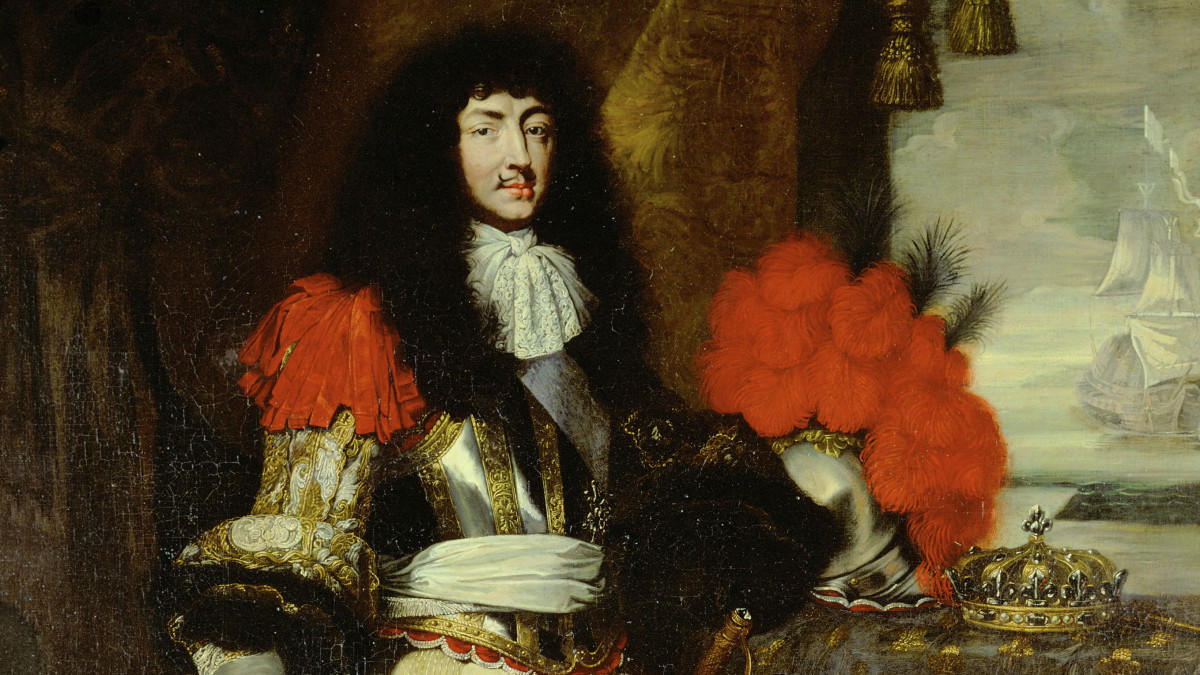The deaths of Richelieu in 1642 and Louis XIII in 1643, the accession of another child king, and the regency of the hated queen mother, Anne of Austria (actually a Habsburg from Spain, where the dynasty was called the house of Austria), all seemed to threaten a repetition of the crisis that had followed the death of Henry IV. The new crisis was dealt with by the new chief minister, Jules Mazarin (1602-1661), a Sicilian who had been picked and schooled by Richelieu himself and was exceptionally close to Anne.
Mazarin, too, was a cardinal (though not a priest, as Richelieu had been) and a supreme exponent of raison ditat. Mazarin also was careless about the finances of France, but, unlike Richelieu, he amassed an immense personal fortune during his career. He antagonized both branches of the French aristocracy: the nobles of the sword, descendants of feudal magnates, and the nobles of the robe (the reference is to the gowns worn by judges and other officials), descendants of commoners who had bought their way into government office.
The former resented being excluded from the regency by a foreigner; the latter, who had invested heavily in government securities, particularly disliked Mazarin’s casual way of borrowing money to meet war expenses and then neglecting to pay the interest on the loans.
In 1648 discontent boiled over in the Fronde (named for the slingshot used by Parisian children to hurl pellets at the rich in their carriages), one of several mid- century uprisings in Europe. Some of the rioting involved the rural peasantry and the common people of Paris, impoverished by the economic depression accompanying the final campaigns of the Thirty Years’ War and deeply affected by the peak famine years of 1648-1651. But the Fronde was essentially a revolt of the nobles, led first by the judges of the Parlement of Paris, a stronghold of the nobles of the robe, and then, after the Peace of Westphalia, by aristocratic officers returned from the Thirty Years’ War. Various “princes of the blood” (relatives of the royal family) confusingly intervened with private armies.
Though Mazarin twice had to flee France and go into exile, and though the royal troops had to lay siege to Paris, and despite concessions Mazarin felt forced to make, the end result of what was in reality two revolts in one—of the Parlement and of the nobles—was to weaken both. The Fronde prepared the way for the personal rule of Louis XIV, with the mass of ordinary citizens in Paris supporting the queen and her son when they returned in triumph in October of 1652.
Essentially, the Fronde failed because it had no real roots in the countryside, not even in the rising middle classes of the provincial cities. Rather, it was essentially a struggle for power, pitting Mazarin and his new bureaucracy against the two privileged groups of nobles, each of which distrusted the other. All Mazarin had to do was to apply the old Roman maxim, “Divide and rule.”

